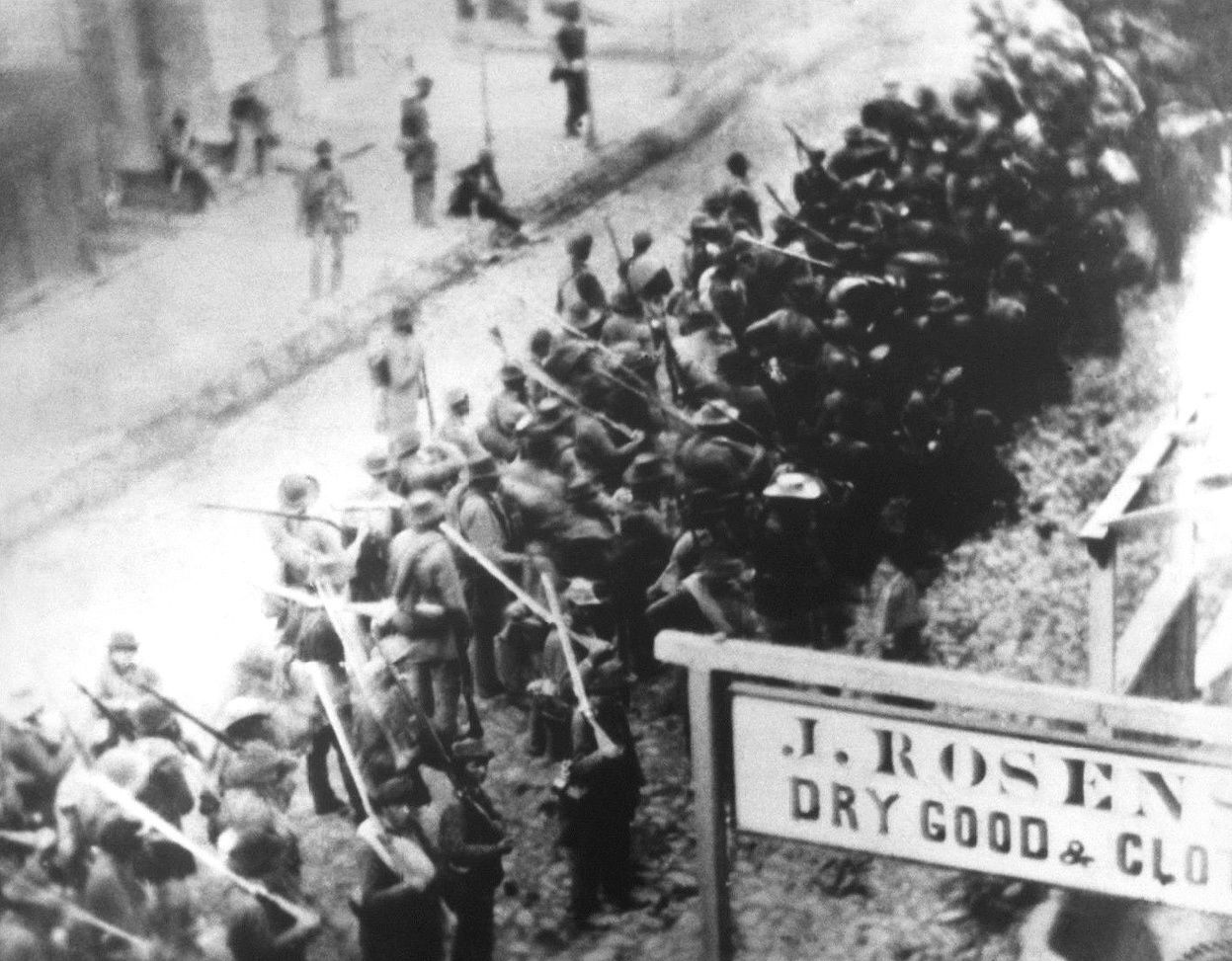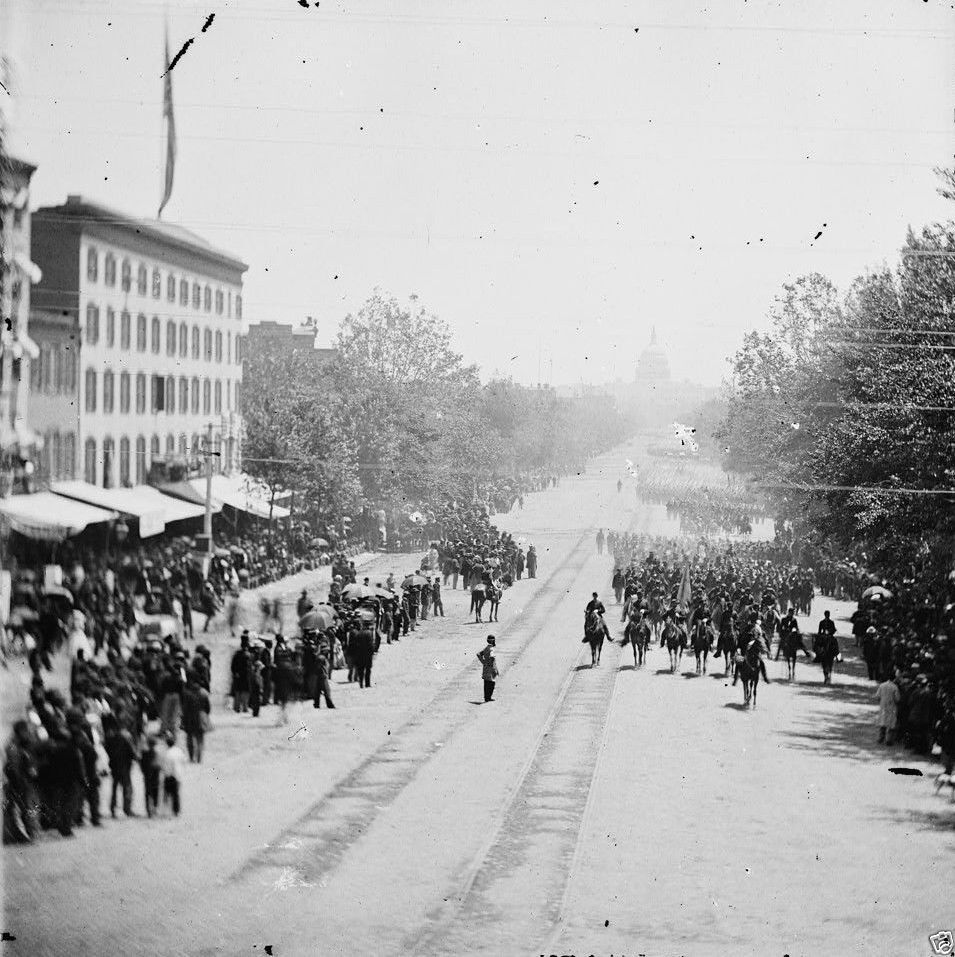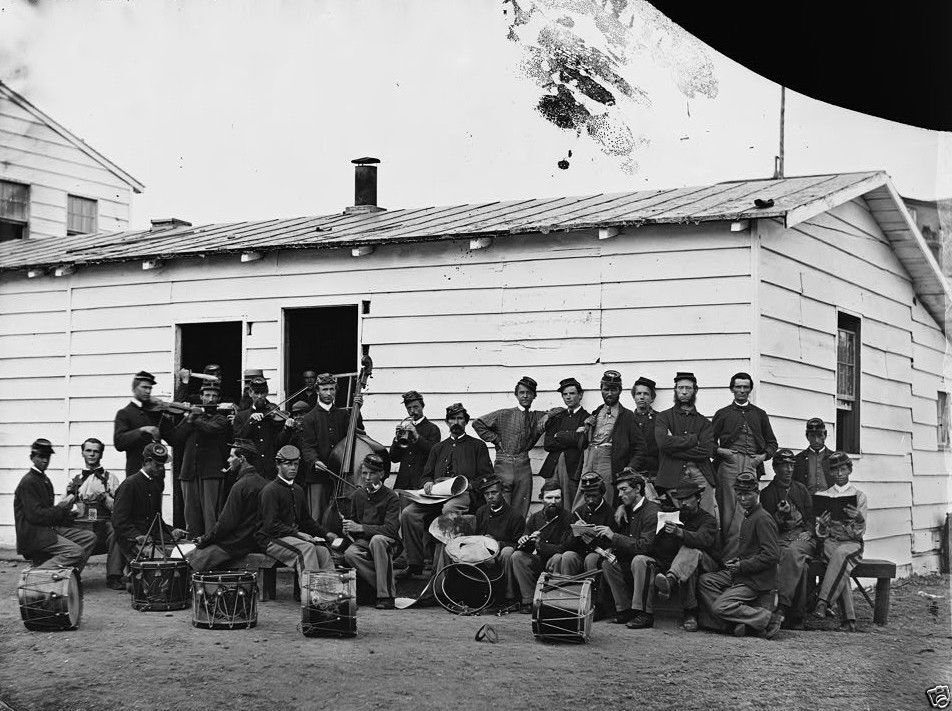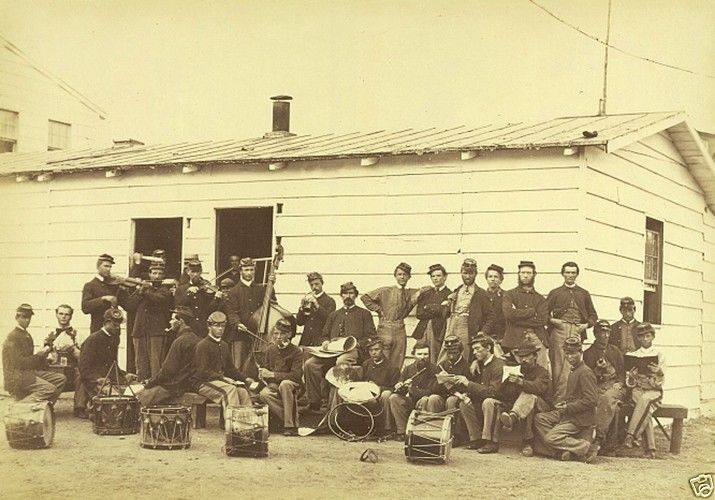-40%
John Singleton Mosby Cabinet Card Photo Civil War Vintage Confederate Cavalry
$ 4.74
- Description
- Size Guide
Description
Handmade historical reproduction Cabinet Card of Confederate Cavalry General John Singleton Mosby. The photograph is a Fujifilm Archival Quality Matte Print from the original photograph.Each card has a short bio on the reverse side which makes it useful as a history teaching tool in addition to interesting, enjoyable art.
Mounted on sturdy chipboard the overall card is approx. 4.75” x 7.25”
From the brief Back Bio -
John Singleton Mosby
(December 6, 1833 – May 30, 1916),
also known by his nickname, the “Gray Ghost”, was a Confederate army cavalry battalion commander in the American Civil War. His command, the 43rd Battalion, 1st Virginia Cavalry, known as Mosby’s Rangers or Mosby’s Raiders, was a partisan ranger unit noted for its lightning quick raids and its ability to elude Union Army pursuers and disappear, blending in with local farmers and townsmen. The area of northern central Virginia in which Mosby operated with impunity was known during the war and ever since as Mosby’s Confederacy. After the war, Mosby became a Republican and worked as an attorney and supported his former enemy’s commander, U.S. President Ulysses S. Grant, serving as the American consul to Hong Kong and in the U.S. Department of Justice...
Although Cabinet Cards were not introduced during the American Civil War. Many of the great photographs from the period were exchanged as the smaller Carté de Visité CDV's and are just worth looking at now in the larger Cabinet Card style.
First Class Shipping in US. See Ebay Global Shipping Program for International.
The cabinet card was a style of photograph which was widely used for photographic portraiture from the 1860’s through the early part of the 20th Century.
It consisted of a thin albumen photographic paper print mounted on a card typically measuring 4¼ by 6½ inches (108 by 165 mm). They are often confused with Carte de Visité (CDV), a similar but smaller format introduced around 1854 in France. CDV’s were very popular during the American Civil War.
“Cabinet Card” portraits were often presented and exchanged by individuals of position, and social standing. They came to often replace the “calling card” as a currency of social exchange and introduction. They were often kept and displayed in glass “cabinets” to demonstrate acquaintance or connection in some way with the notables pictured in the portraits.










